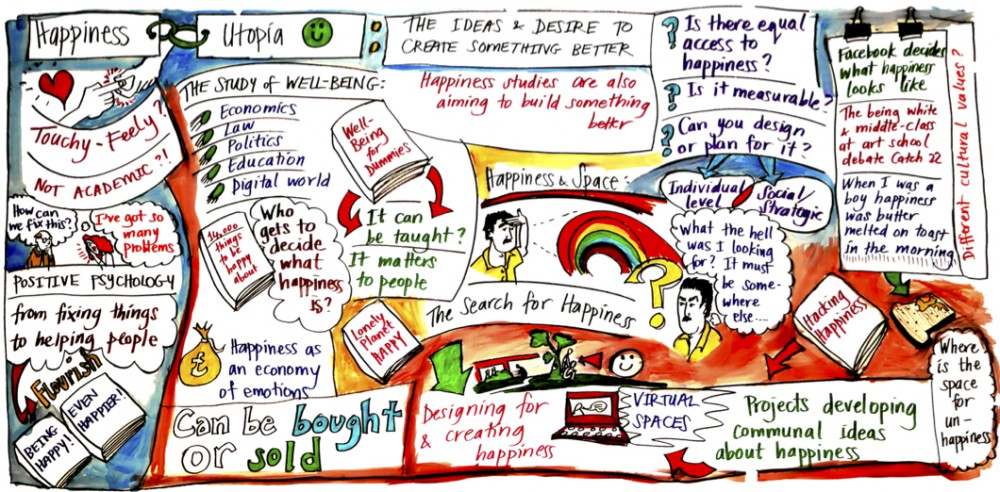1. Describe how the client empowerment model for change effectively impacts a client’s well-being status? Include what the professional would do to implement the model in the counseling session.
The client empowerment model for change effectively impacts a client’s well-being by developing the confidence in a client or someone in need that the power is in their hand and their voice should be heard. This model is used to support the client in developing their agenda, to support structure and plan for change. A human service professional would implement this model in a counseling session by asking clients questions then analyzing their responses and guiding them through the process but allowing them to figure it out on their own.
2. Describe how a community-based agency’s mission and goals promotes well-being and happiness for their clients.
A community-based agency’s mission and goals promotes well-being and happiness for their clients by clearly stating their purpose is helping the client and only have their well-being in mind.
3. Describe how an agency’s organizational chart promotes well-being through the chain of command.
An agency’s organization chart promotes well-being by clearly showing the flow of professionals, departments and individuals. As well stating what departments or individuals work closely together and provide certain services.
4. Describe how the referral process is utilized in relation to the clients well-being.
The referral process is utilized in relation to the clients well-being because during this process a human service professional must pair a client with the proper facility. During this process a professional must make sure the agency they are referring their client to offers the service they need and they are eligible to receive their services. As well as within the clients reach.
5. Describe how an informal network can aid in the referral and well-being goals.
An informal network can aid the referral when a professional’s agency might not have the adequate help a client needs but the professional themselves know someone who can aid the client. this informal network can be within the professional’s social circle or family.
6. Describe how documentation and paperwork requirements aid in the well-being of the client.
Documentation and paperwork requirements aid in the clients well-being in the case they the professional working with a client has to refer the client to a different agency or a different professional they are able to read the clients file and understand the need of that individual.
7. Describe how stress and “burnout” of the worker can impact the clients well-being?
Stress and “burnout” of a human service professional effects the clients well-being. The human service professional no longer has the ability to properly aid a client in need. They begin to lack basic values such as tolerance and acceptance. Once the client realizes the professional lacks these values they no longer see the professional in a positive light and no longer feel safe with them. therefor their well-being is at stake.
8. Describe how professional development activities can impact the well-being of the worker. Describe how it also impacts service delivery to the client.
When a professional is experiencing encapsulation, burnout and vicarious trauma developing activities aid the worker and the service delivery to the client. By developing new skills and knowledge about clients they worker not only aids themselves but the client as well. New information is always available in the human service field so the service delivery is more effective with new knowledge.
9. Describe how a human service worker can utilize client empowerment as a tool in the well-being of client.
Utilizing empowerment as a tool aid the client by developing their confidence which in the long run sets them up for success. When they feel empowered they have the ability to figure out their lives and have skills to help other in their lives and their communities.



